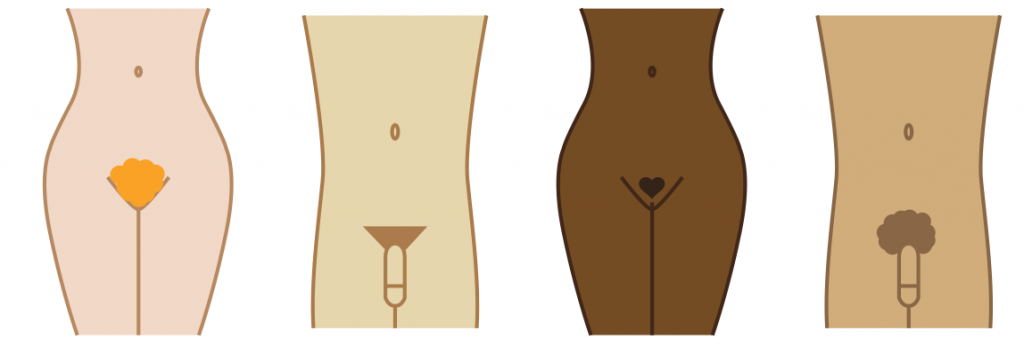
Chatting about pubes with a human sexuality prof
Matt Numer teaches Dalhousie’s popular human sexuality course, so he’s no stranger to casual chats about the kinks and curves that make our sexuality so dynamic. And it really is a dynamic field – everybody exists as an entirely unique sexual being, each with their own characteristics and identities. One trait that all people share, however, is the presence of pubic hair.
It’s this writer’s opinion that pubes are a sort of sexual signpost – they are subject to both the mainstream constructed sexual norms and a person’s sexual autonomy. Pubes really say a lot about us as sexual beings. With this in mind, the Gazette called up Numer one morning to chat about pubic hair.
Gazette: So why do we see this transition from pubic hair being a norm to not?
Matt Numer: It depends on which sexuality you’re talking about. Mainstream, heterosexual norms or other sexualities. As with many things that are eroticised in mainstream culture, media has a lot to do with this. You’d see a lot more pubic hair in the dominant culture around the 1970’s. Since then, we’ve seen an emphasis on youth. It sort of shapes a culture which eroticises youth and beauty, especially for women. I don’t think that men are expected to keep themselves shaved, but trimmed. It isn’t erotic for men to look pubescent, but it is for girls.
G: What kind of impact do you see this having on women who are affected by this?
MN: It’s almost that women aren’t allowed to age in our culture. You start to see a lot of makeup and things that we do to maintain a youthful appearance. When you look at advertisements for women’s products, they’re all about youth and regeneration. The same thing doesn’t really happen for men.
What’s interesting is that we have this culture that eroticises these things, and then is quick to condemn somebody for being attracted to youth. We’re doing all these things to eroticise youth, and then we’re shocked that there are these people out there don’t just want somebody shaved, but who has no hair. Although, that is definitely in the minority.
But it comes down to bodies in general. Men generally grow more hair than women. It isn’t the same body, we can’t forget about that.
G: In your studies, have you found anything as far as a causation for this shift in eroticisation?
MN: No, like with any cultural trend – you can’t pin it down to any one thing. Although, one positive outcome of this that people aren’t really aware of is that this trend of the Brazilian or trimming has nearly eradicated pubic lice. We hardly see cases of that anymore because they need that coarse hair which people don’t have as much of anymore.
G: As an advocate of positive sexuality, do you see this trend as being positive or negative?
MN: Well, it depends. If it works for you, and you like what society deems as a sexual norm.
But when it doesn’t fit, that’s when you see people becoming the Other. But then there are also countercultures, people who are rejecting the norm, and so on. There are plenty of people out there who find hair attractive, it’s just that it’s typically more accepted among men.
There are always those who can reap the privileges of cultural trends. There are always going to be positions of powers and dominance. But what’s important is if you don’t fit in to the dominant sexual identity is being able to find your place.







